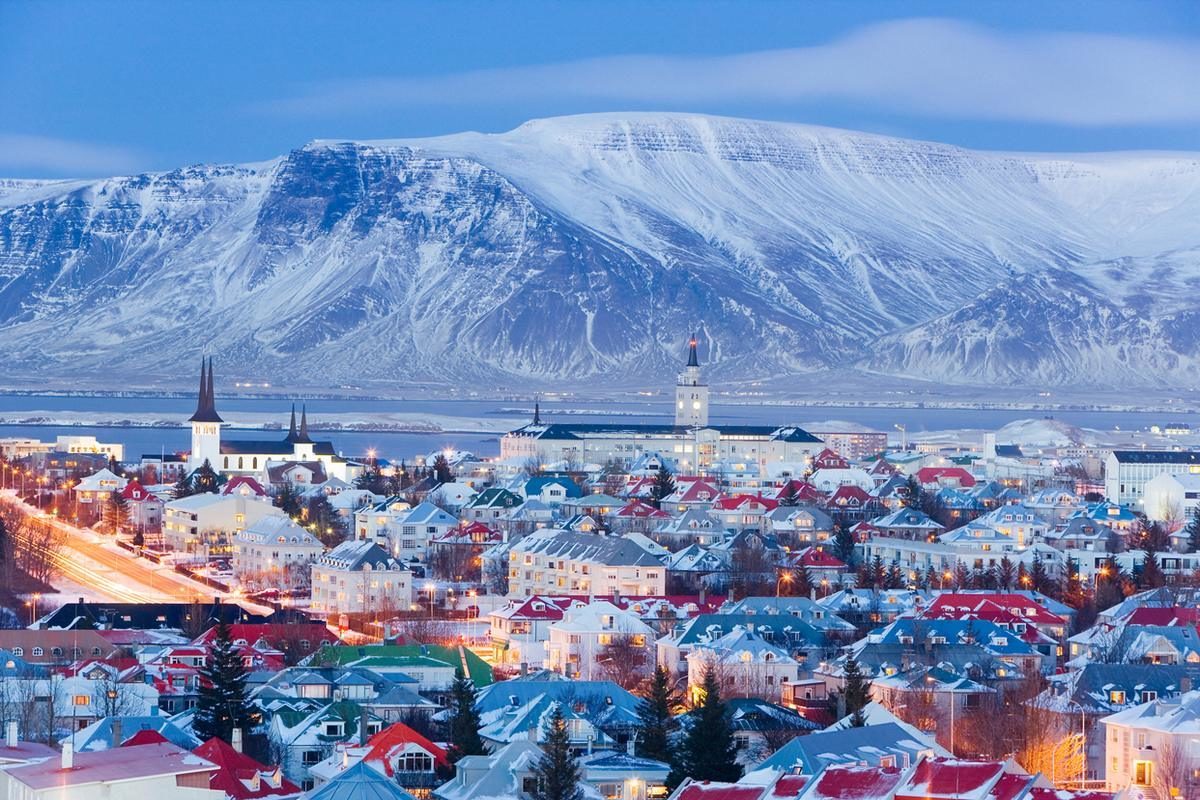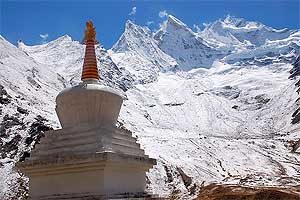
 The environment of Tibet:
The environment of Tibet:
1. How is the climate in Tibet? Is it warm in summer? Is it cold in winter?
Tibet is at a higher level; also it goes to a different downy climate that is common. Climates are very different in various regions of Tibet. The western Tibet which is at a lower height is hotter than Tibet. In certain hill locations, the same climatic condition prevails for few months. The current weather per day differs significantly. As the morning is comfortable, the night time is cool. It covers 12-15 degrees centigrade in one single time.
2. What is the condition of the highways in the wet season in Tibet? Need I consider any rainproof?
The wet season in Tibet is principally from June to July which causes considerable damage to the roads of Tibet. A huge number of maintenance employees are involved in road repair works. Military also provide help to recover the streets. Broadly speaking, it takes only a couple of hours to make the roads possible again. When it comes to rainproof, you’re recommended to consider raincoat, rain-proof sneakers and pants if you like to journey, rise on the hill or experience a bicycle.
3. What’s the optimum time to go to Tibet?
April is the start of the vacation period, which continues to mid-June. In these months Chinese tourists hurry for summer vacation to Tibet. Some important celebrations in Tibet, like Gyantse Dawa Festival Shoton Festival and Nagqu horseback riding event, take place after June. After mid-October, Tibet experiences winter and over fifty percent of resorts are sealed for the reservation as the guests decrease significantly.
As the best moment to visit depends on the need of your travel
1. Visit to Tibet is very cheap and inexpensive in the month of December. It is winter in Tibet, and everything is very cheap including food and accommodation. There is a discount on the entry fee for all the visitor sites.
2. If you want hiking, get it done in June or May as the climate is enjoyable and warm
3. To enjoy Mt.Everest, avoid foggy weather and the rain period.
4. To experience the blossoms of the huge grasslands of Tibet, it is ideal to visit the country in the month of September. Tibetan nomad tents spread all around the grassland.
5. People who travel the roads of Sichuan to Tibet must avoid the route during the season. You will see mudslides, cave-ins mire on particular parts of the street, preventing the passing of cars.
About altitude sickness
 1. What’s thin air illness? What is thin air sickness’ sign?
1. What’s thin air illness? What is thin air sickness’ sign?
Thin air illness might happen at high altitudes (over 2700m) because of the decreasing accessibility to air. Ascending gradually can prevent this problem it. Typical signs of thin air sickness include shortness of sleep disturbance, and breathing, frustration, exhaustion, stomach disease, vertigo.
3. What must I do after coming in Tibet easily have thin air illness?
You will find hospitals in several big cities in Tibet. Moderate thin air illness settles down on its own gradually. If it’s significant, you can visit hospitals in Tibet. Once you have previously had thin air illness, you need to sleep nicely, keep eating, consume some water with dark sugar or take some medication. When the thin air illness is fairly serious, you descend with lower locations or visit a clinic. Once you descend to particular elevation thin air illness will disappear and contains no sequel signs.
4. Is thin air illness more severe if likely by airplane to Tibet than by practice?
Thin air illness may reduce when you practice visiting Tibet frequently. The body can adjust to the high altitude.
5. Individuals with what type of illnesses can’t visit Tibet?
Individuals with a myriad of natural heart diseases, serious arrhythmia or sleeping heartbeat over a 100per moment, high blood pressure above or two, a myriad of blood diseases and vascular diseases should not visit Tibet.People with chronic breathing illnesses, moderate level of pulmonary disease should avoid traveling to Tibet.
